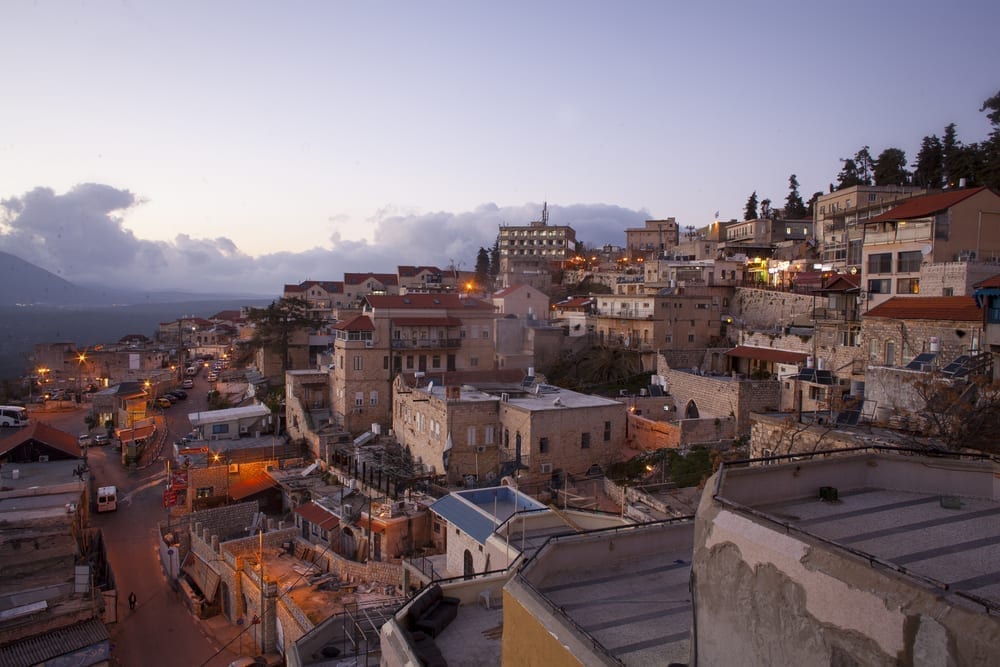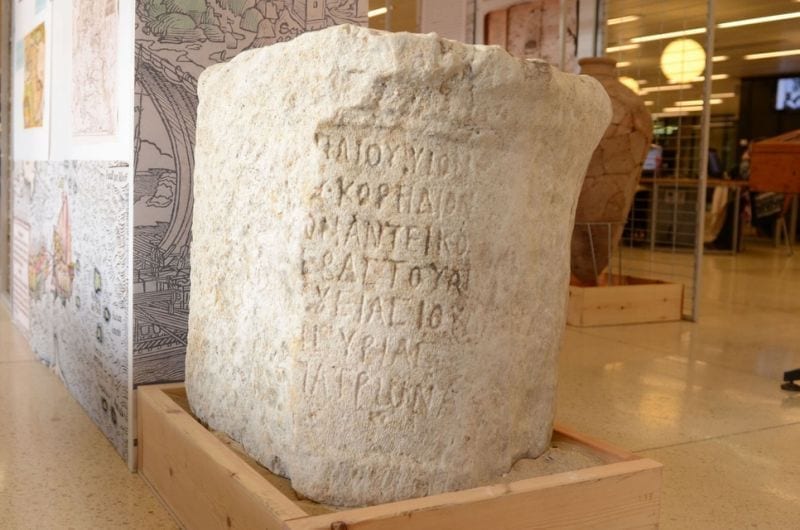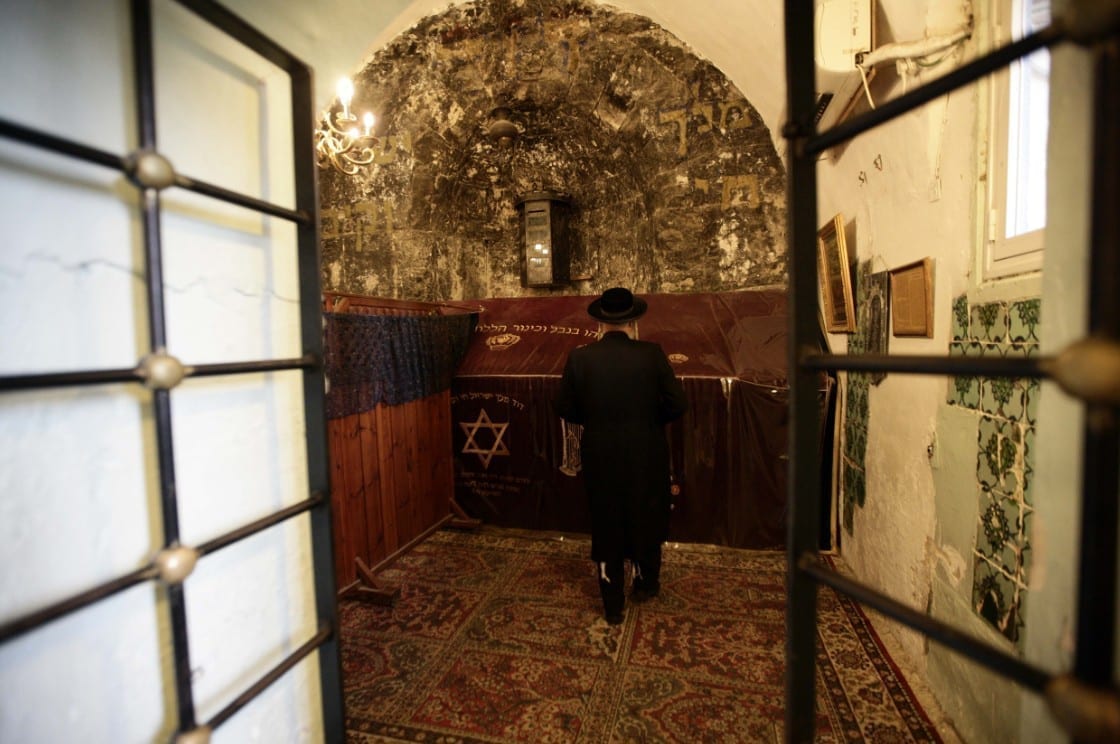In the heart of the city of Hamadan in Persia, a magnificent structure stands tall over a large burial cave. In the cave, are two large wooden gravestones covered with a curtain. The tomb on the right is attributed to Esther the Queen and on it says: “In this casket, Esther the righteous was buried”, while the tomb on the left belonging to Mordechai reads: “this is the holy ark of Mordechai the righteous”.
In the space between the two gravestones, lies a rock covering a deep hole, which according to tradition, leads to Jerusalem.
“According to our tradition”, says city native, Yonah Azian, “our city Hamadan is the capital city of Shushan, in which Mordechai and Esther were buried at the opening of a well that has a tunnel leading to Jerusalem.” We believe that when the Messiah will come, the Hamadan Diaspora will immigrate to the Temple Mount through this tunnel.
This was a pilgrimage site for the Jews of Persia; especially around the Purim holiday where the Scroll was read and tens of thousands attended. “People talked about the many miracles that occurred there,” said Yonah, “we have seen great salvation and many prayers were answered.”
Above the burial cave, a brick structure was built during the course of the fifteenth century with a rounded tower above it.
This structure contained a small room that was used for prayer, and a large hall for conducting Bar Mitzvahs, circumcisions, and recitations of the Book of Esther on Purim.
The Walls surrounding the tombs are decorated with verses from Tanach and the Scroll of Esther. Iranian authorities had declared it a national heritage site, and protect it with tight security measures as it is a sacred site for Muslims as well. Till today, the remaining Jews of Iran flock there and see it as their center.
But some argue strongly that Hamedan is not Shushan, the capital of Achashverosh, and there is another tradition that points to the burial place of Esther and Mordechai in the western Galilee in Israel. Rabbi Menachem Hebroni has already documented the tradition in the thirteenth century, and said that Purim celebration were even conducted there. The location is in the heart of Horesh, in the Tzivon Canal, not far from Kibbutz Baram. There’s a simple stone slate inside that’s situated on a mound of rocks which reads: “The burial site of Mordechai and Esther, may their merit protect us.”
According to this tradition, Esther was brought up to the land of Israel after her death by her son Cyrus who buried her there. So where is the tomb? Here in Israel or in the distant land of Iran?





